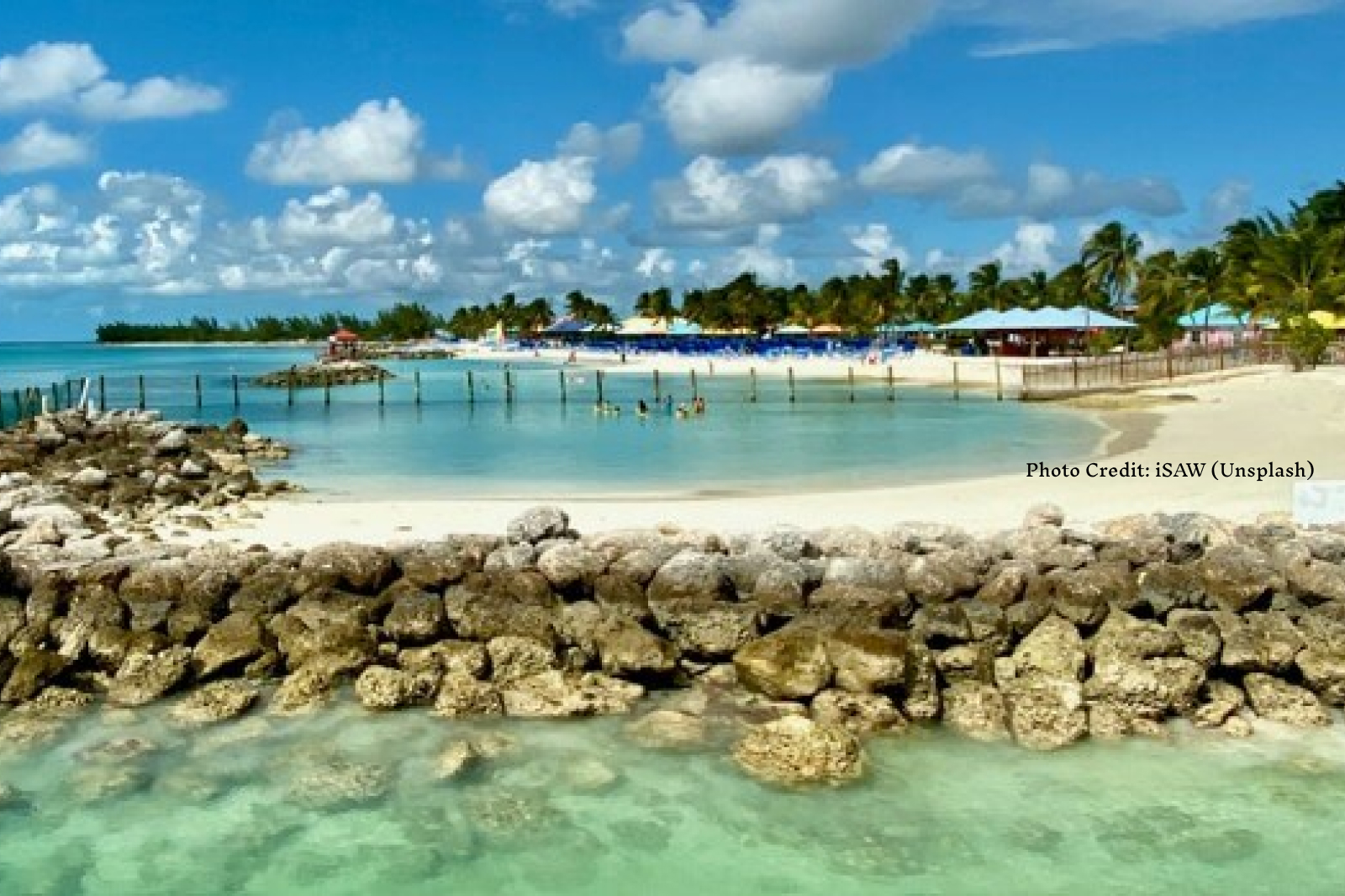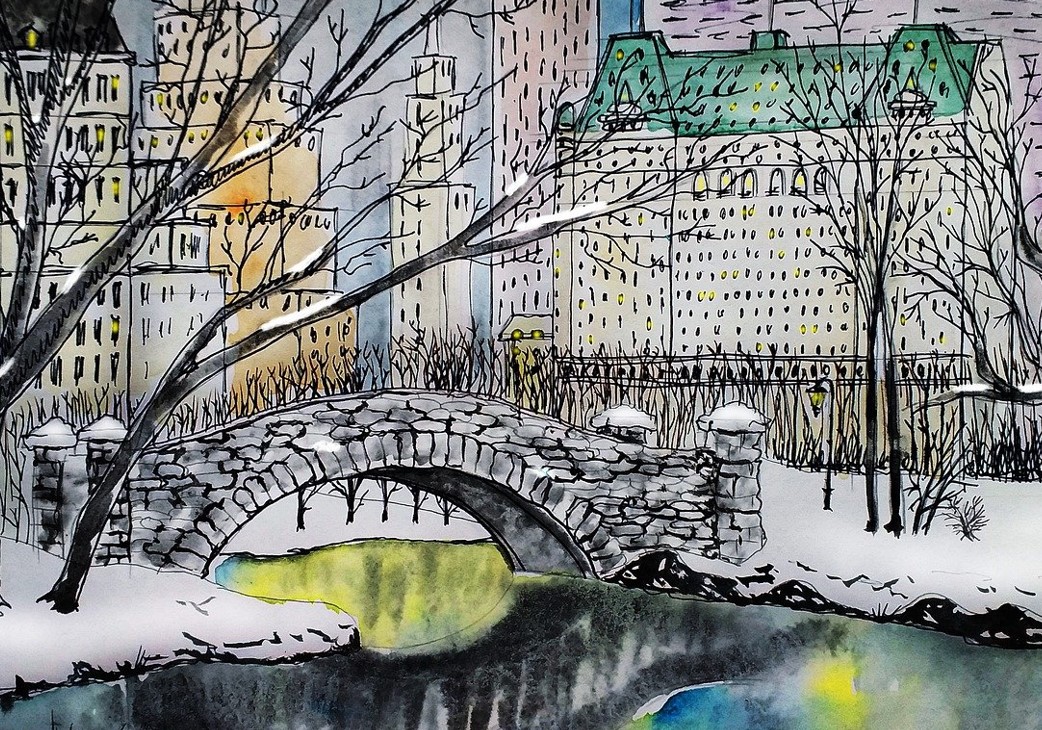
The Monster That Represents Insatiable Greed: Meet the Windigo

The Windigo

Imagine an insatiable desire for something, a desire that only grows more profound and painful the more you take.
That’s the perpetual experience of the Windigo, an ancient creature that haunted Native American Algonquin-speaking peoples of North America—and perhaps still haunts us today. The Windigo has become something of a cultural theme, appearing in different forms in everything from Margaret Atwood novels to blurry YouTube cryptid sighting videos to Borderlands 3.
What Is the Windigo?
By some definitions, the word “Windigo” means “the evil spirit that devours mankind.” In others, it means “cannibal”—but regardless of how you define it, the Windigo is always terrifying.
“The Windigo was gaunt to the point of emaciation, its desiccated skin pulled tightly over its bones,” describes Basil H. Johnson, an Ojibwe teacher from Ontario. “With its bones pushing out against its skin, its complexion the ash-gray of death, and its eyes pushed back deep into their sockets, the Windigo looked like a gaunt skeleton recently disinterred from the grave. What lips it had were tattered and bloody…Unclean and suffering from suppuration of the flesh, the Windigo gave off a strange and eerie odor of decay and decomposition, of death and corruption.”
That’s just one of the countless vivid and disturbing descriptions of the Windigo. Its appearance differs depending on where you get your stories. Sometimes Windigos are described similarly to the modern Slenderman—tall, thin, skeletal beings with bones poking through their skin, they’re living depictions of rot and disease. Other stories depict the Windigo as a well-fed giant, while still others portray it as having antlers, pointed ears, and eyes like burning coals.
What We Actually Know About The Wendigo Mythwww.youtube.com
Windigo myths and legends are as diverse as the original Native American tribes were, and each is constantly shifting; but always, the Windigo is a creature that is perpetually hungry. Sometimes it feeds on human flesh; other times it’s a representation of selfishness, greed, and famine. Most legends agree that Windigos were once humans, and some state that a person becomes a Windigo if or when they descend to cannibalism.
The stories differ regionally. In Nova Scotia, Wendigos were believed to have come from the far north, whereas some Algonquin people of the subarctic believed Windigos were consequences of starvation and freezing weather that caused ordinary people to turn to greed. Some people believed you could be turned into a Windigo through a dream, if a creature in a dream successfully tricked you into eating human flesh.
Interpretations and descriptions of Windigos have changed over centuries and with each generation. Unfortunately, many of these interpretations come through European colonizers’ interpretations of Native American stories, which are fundamentally limited and damaged.
The Lessons of the Windigo
In some traditions, Windigo stories were taught to Native American children in an effort to instill values like kindness, empathy, and self-restraint. In others, Windigos were very real dangers. Some believed Windigo psychosis was a form of madness that overtook people.
Windigo stories have always held and hold many lessons. “Born of our fears and our failings, Windigo is the name for that within us which cares more for its own survival than for anything else,” writes Robin Wall Kimmerer in Braiding Sweetgrass. “The more it takes, the more it hungers, and its hunger is a bottomless pit. Its footprints, writes Kimmerer, are “everywhere you look…in the industrial sludge of Onondaga Lake. And over a savagely clear-cut slope in the Oregon Coast Range.”
Windigos existed in Native American culture long, long before the rise of capitalism, climate change, and colonization, some Indigenous thinkers associate Windigo culture was behind Europe’s colonization of the world, and unchecked Windigo culture is behind modern oppressive systems and environmental destruction.
According to an article on Mohonk Nation News, “The riches of Great Turtle Island and its people triggered the psychosis in the strangers who came to our lands. They committed genocide of our people driven by the Windigo psychosis. They were unchained from the morality of human feeling.”
At the heart of Windigo culture is a profound lack of empathy and disconnection from one’s surroundings. “Traditionally, windigo uses starvation and isolation as a hunting tool,” writes. “The Modern Windigo uses self-loathing, despair, and isolation as his hunting tools.”
“Rather than hunting in winter in boreal forests, the Modern Windigo hunts with the tools of colonialism and capitalism. The new victim of the Modern Windigo is isolated as before, but this time the narratives of historical trauma are central to the isolation.”
Fighting the Windigo
Though the Windigo seems like a difficult enemy, there are many stories about how the Windigo might successfully be defeated. “There were means by which our medicine people, healers, and most learned elders could rid a human being of the Windigo spirit,” writes Goyd Bruyere. “These means involved the will of the entire community and was a most delicate, spiritual, ceremonial matter.”
Many stories say Windigos must be killed and there is no saving the human trapped inside the Windigo. Others say it’s possible to conserve the human life within the Windigo being, but this requires a great deal of care.
On the subject of defeating the Windigo culture at large, Robin Wall Kimmerer proposes a different solution. “The market system artificially creates scarcity by blocking the flow between the source and the consumer,” she writes. “Grain may rot in the warehouse while hungry people starve because they cannot pay for it. The result is famine for some and diseases of excess for others….An economy that grants personhood to corporations but denies it to the more-than-human beings: This is a Windigo economy. What is the alternative?”
She proposes a vision of an “economy of a commons, wherein resources fundamental to our well-being, like water and land and forests, are commonly held rather than commodified…It is not just changes in policies that we need, but also changes to the heart,” she continues. “Scarcity and plenty are as much qualities of the mind and spirit as they are of the economy. Gratitude plants the seed for abundance…Gratitude for all the earth that has given us lends us courage to turn and face the Windigo that stalks us, to refuse to participate in an economy that destroys the beloved earth to line the pockets of the greedy, to demand an economy that is aligned with life, not stacked against it.”
Windigo culture—if we view it as selfishness and isolation and greed—is destroying us. Greed is an old impulse, but humans have only survived by circumventing it through centuries; now it’s time to try a different approach. In today’s virus-racked, corporation-devoured, climate-change-melted world, defeating the Windigo might be our only hope.


